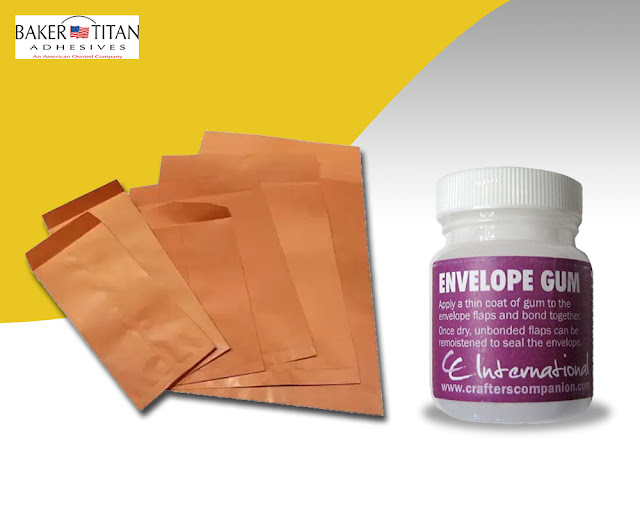There aren't many individuals who haven't used glue at some point in their lives. Everything from sandals to skyscrapers is held together with glue. Glue is a fairly popular material for gluing many sorts of objects. It is utilized in a variety of settings, including households, schools, workplaces, industrial plants, and other businesses. Glue's inexhaustible value has been known for a long time. The ability to seal an envelope with just your tongue was a great time-saver, but it did not guarantee the security of its insides items. That is why individuals look for envelope gums from reputable glue companies to properly seal their mail in order to ensure privacy and security.
The starch- and dextrin-based adhesives
used on envelope flaps are starch- and dextrin-based adhesives. Corn, potato,
tapioca, sago, and wheat are all examples of starchy plant ingredients that may
be used to make adhesives. When it comes to the performance of your envelopes,
both gum compositions and application procedures are crucial. There are
numerous varieties of envelope gums
on closures, each with its own set of advantages based on the envelope's
intended usage.
Gum that can be re-moisturized
If you've ever licked an envelope, you're
familiar with re-moisterable gum and have experienced its flavor firsthand! The
most popular envelope closure is re-moisterable gum. It's a water-soluble gum
that may cover an envelope flap partially or completely. When the glue is
activated by moisture, the gum forms a seal.
Gum made with latex
Latex gum, commonly known as self-adhesive
gum, is a pressure-sensitive gum that is placed along the flap's edge and/or
the upper section of the rear of the envelope. It has a short shelf life and
forms a self-sealing envelope.
Hopefully, we've allayed your concerns
about buying gum seal envelopes. They're a low-cost alternative that offers up
a lot of possibilities for large-scale envelope gums storage and distribution.




.jpg)
No comments:
Post a Comment